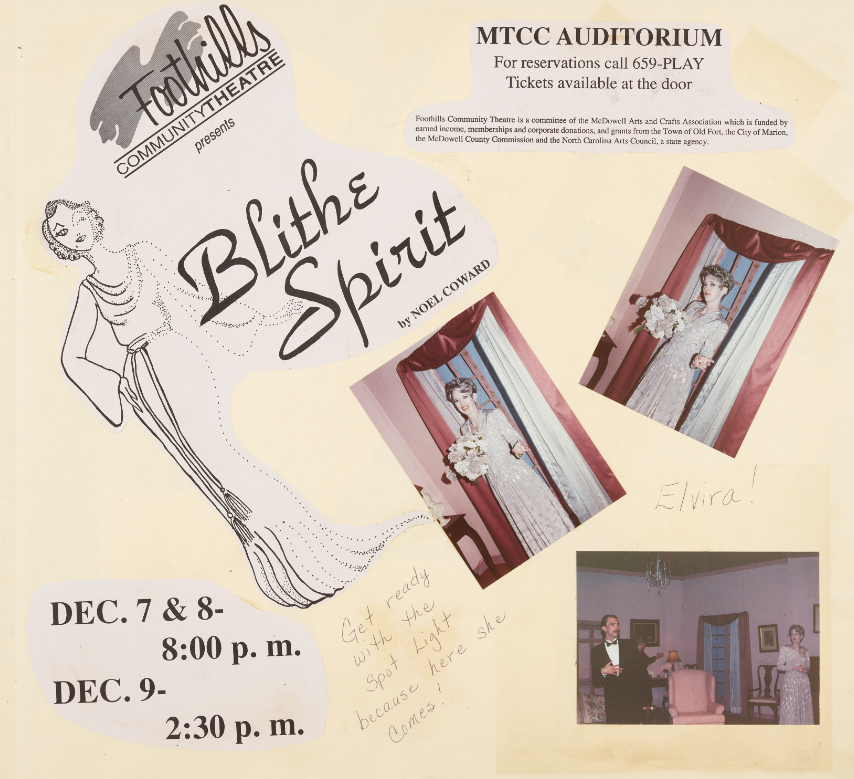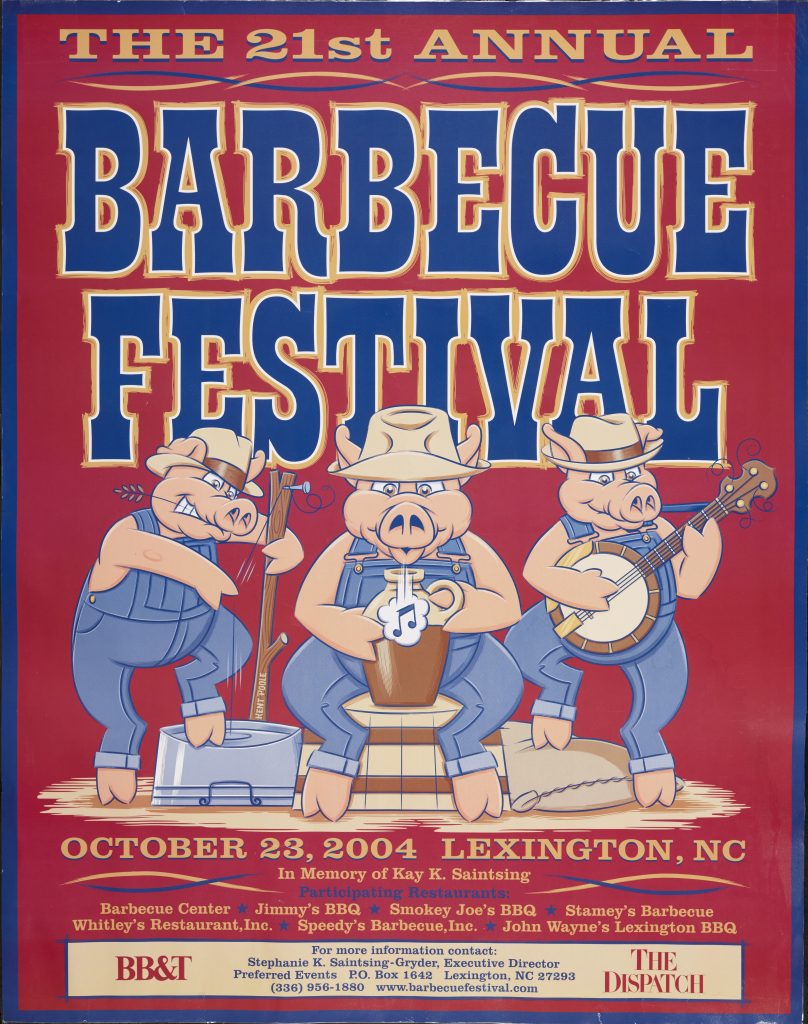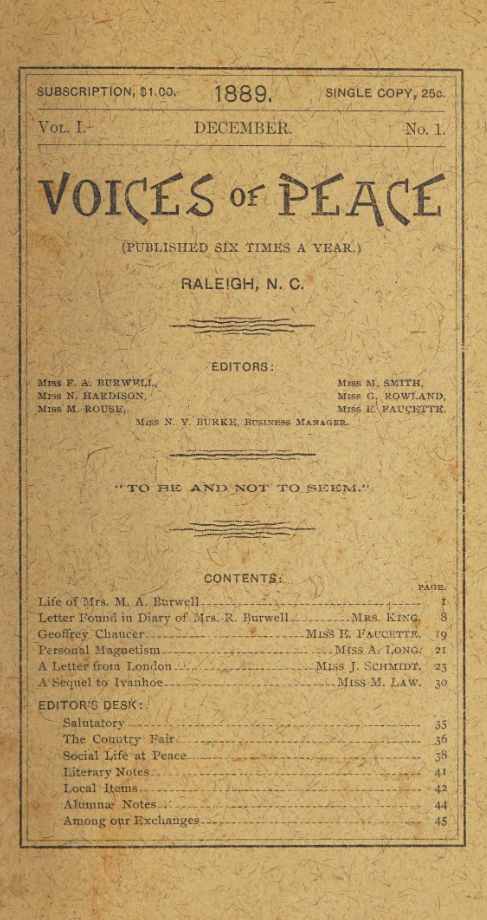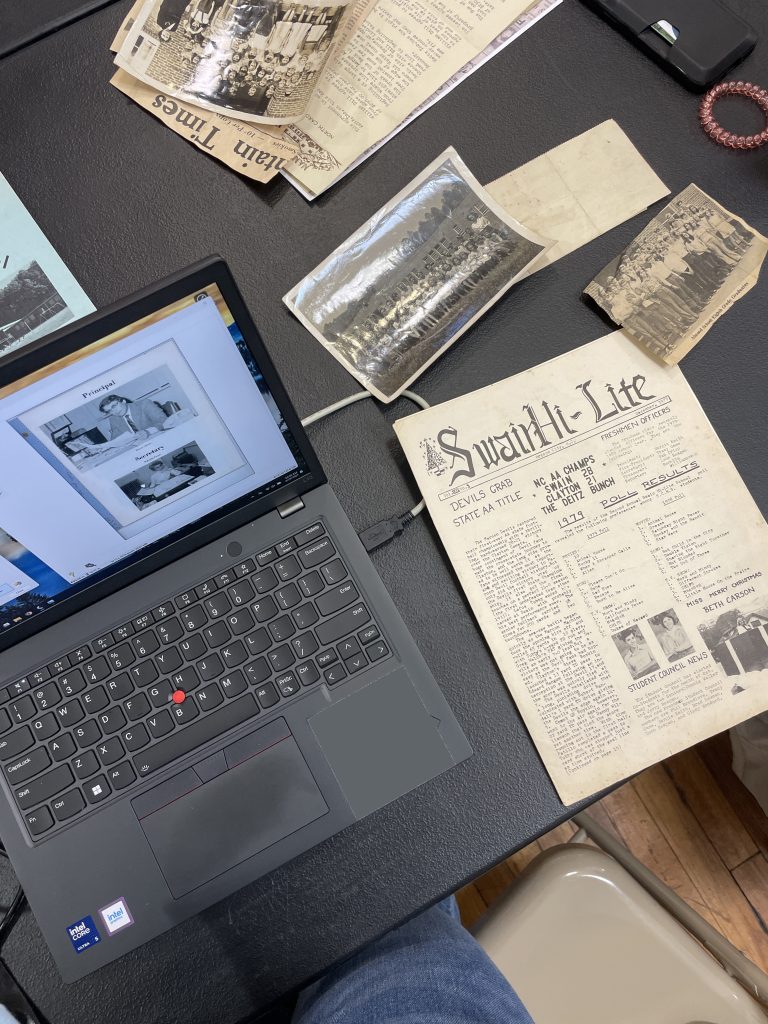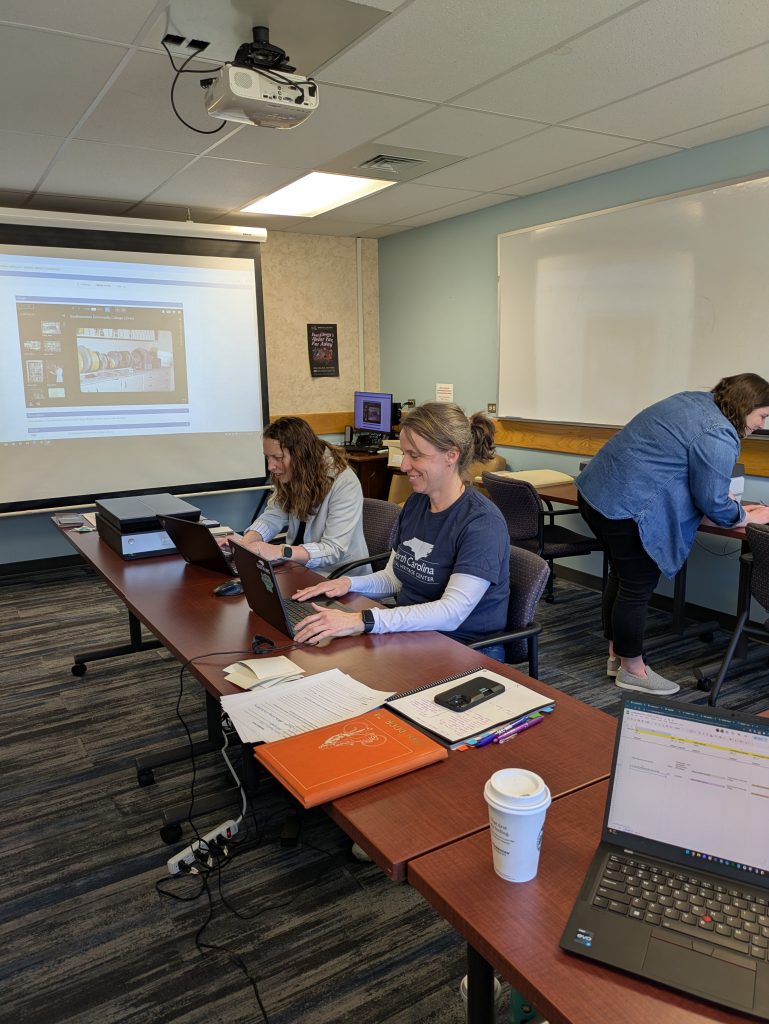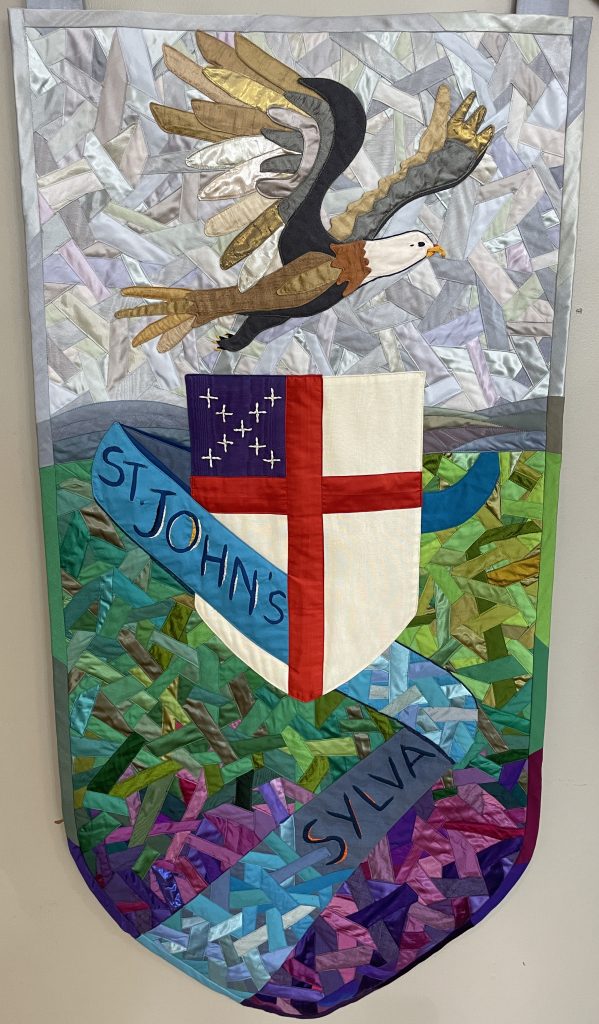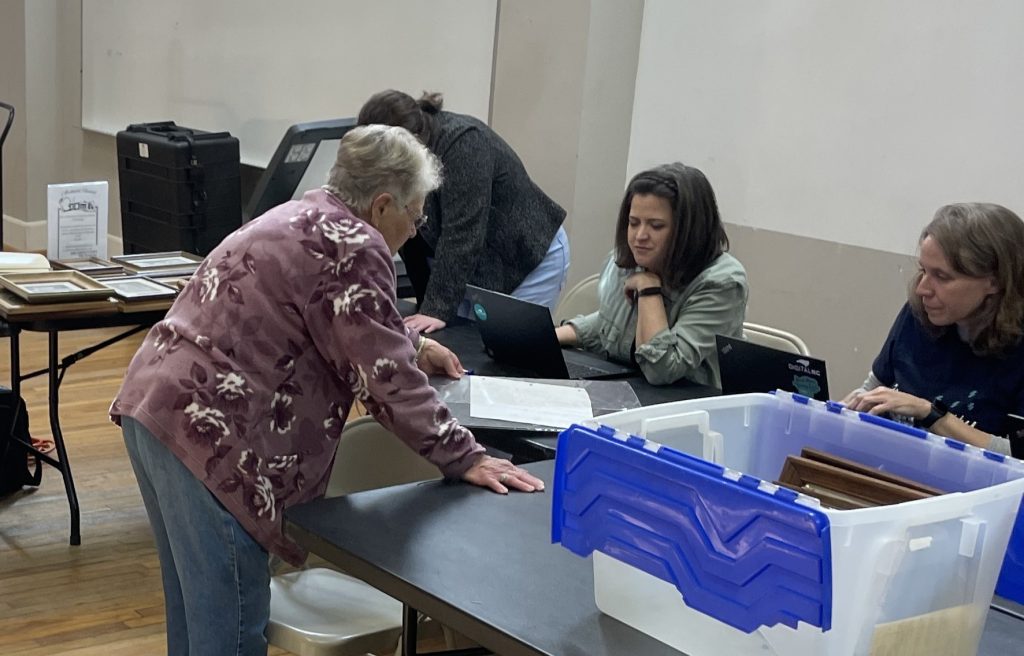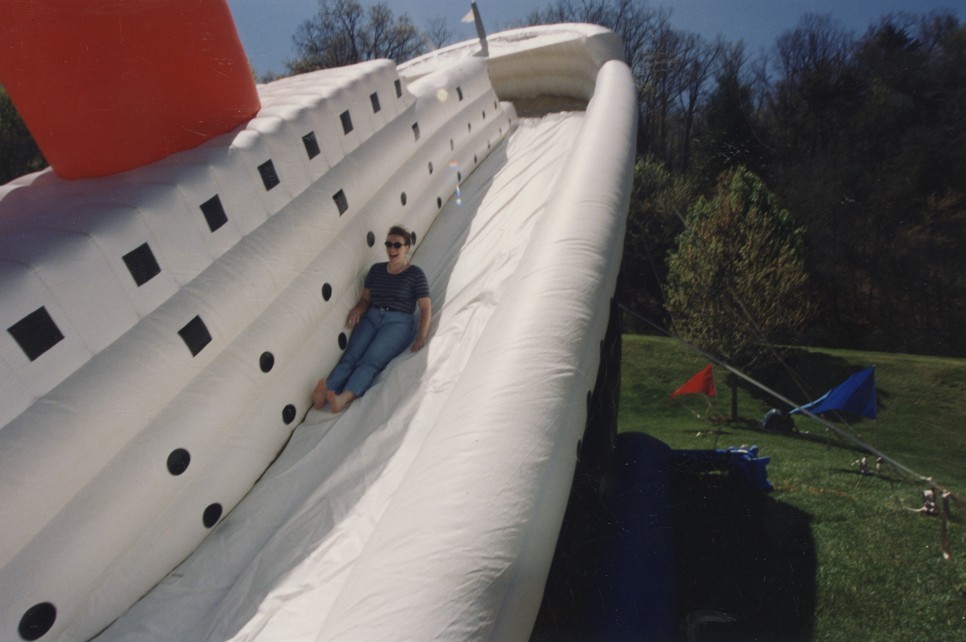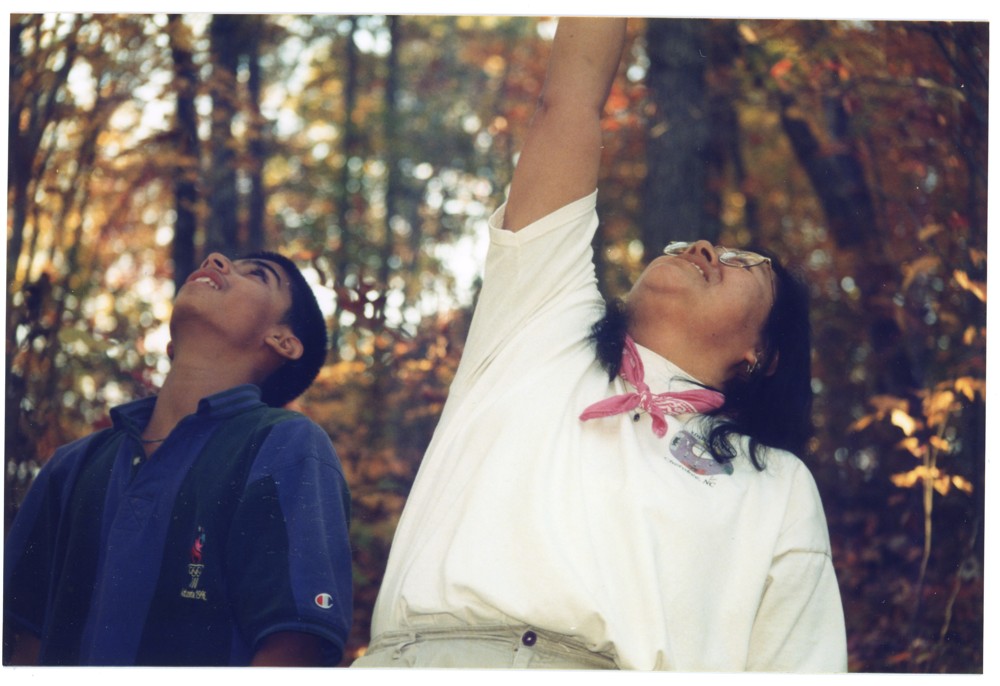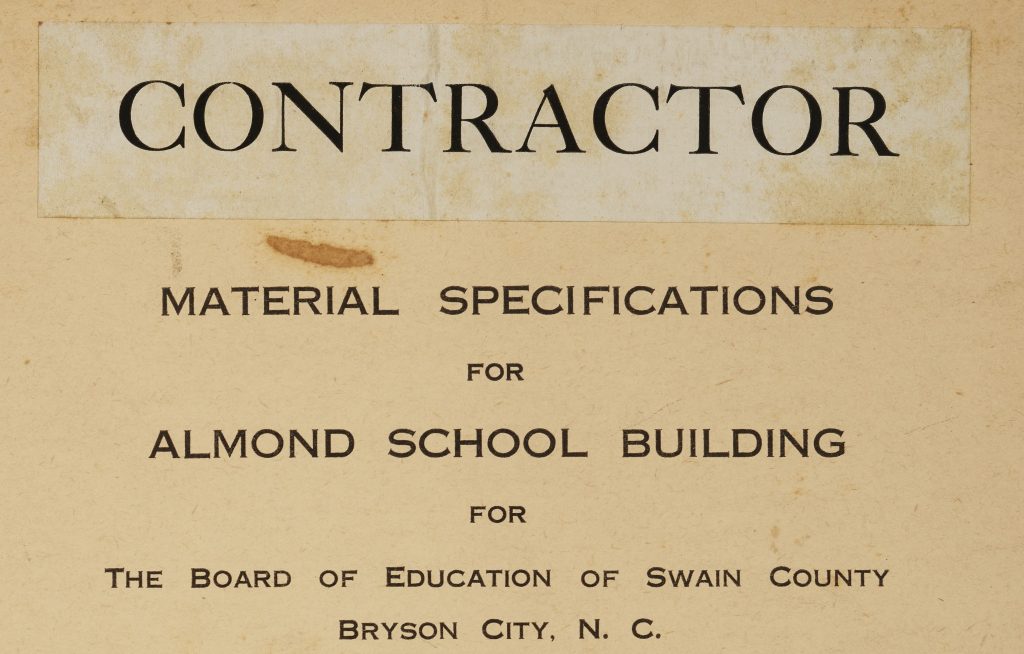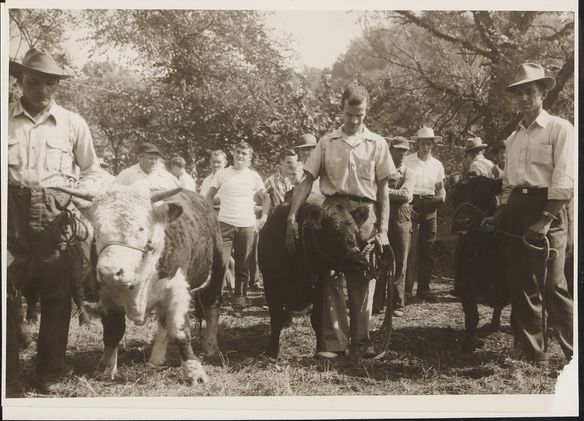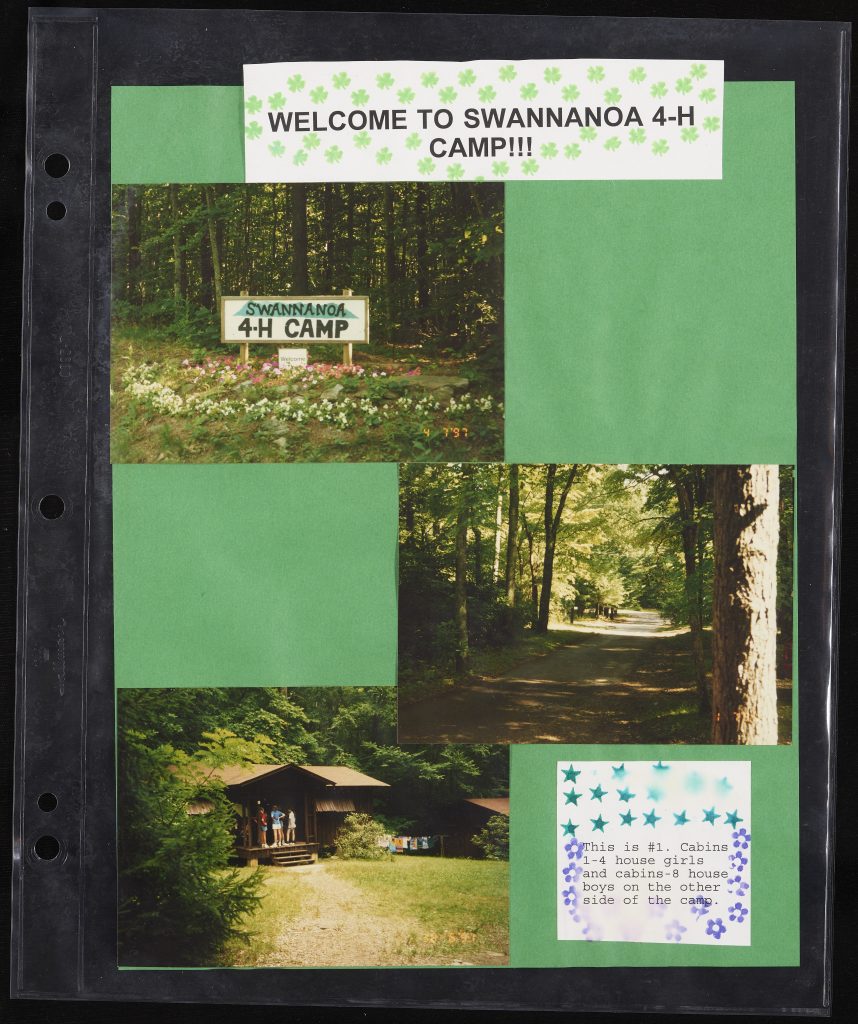Thanks to our amazing partners at Wilkes Community College, DigitalNC is pleased to announce that six new songs and poems are now available online! These new (old) recordings were performed on March 25th, 1944 by James Larkin and Eleanor Pearson. They were pressed into vinyl records, before being digitized and uploaded for the very first time on DigitalNC! This collection includes two songs sung by Eleanor, and four poems written and recited by James.
James Larkin Pearson was the second Poet Laureate of North Carolina. He lived much of his life in the mountains of the state, and was a prominent artistic and political voice during the twentieth century. Pearson published several popular issues of both poetry and prose, which were widely received during his life. He was also a prominent newspaper publisher, and used the paper to platform often controversial political views such as socialism and anti-war perspectives.

In these recordings, Pearson’s poems reflect on his life in and around Wilkesboro, North Carolina. His rural perspective includes themes centered around the beauty of nature, self-sustainability, and forming connections within his community. A few poems include his ruminations on the second World War, which had yet to end at the time of the poems’ recording. He includes his wishes for world peace, which he believes will be attained not through the act of heroic sacrifice, but through heroic living. Throughout his poems, Eleanor occasionally provides commentary and her own opinions on James’ poems, occasionally correcting him on the poems’ context (ie., when and where he wrote them).
Eleanor herself performs the songs “At Dawning” and “I Love You Truly.” Both songs are performed without instrumentation, centering Eleanor’s vocal performance within the recording. The songs were popular folk songs performed by parlor and folk singers during the early twentieth century, and include themes of romance, love everlasting, and renewal. Eleanor and James’ creative endeavors intersect and run parallel to each other, reflecting the couple’s own relationship.
You can find these six new recordings online now at DigitalNC here. Interested in learning more about life in Wilkes County, North Carolina? You can find more materials (including many fantastic recordings) from our amazing partners at Wilkes Community College online now at their partner page here. Thanks again to Wilkes Community College for providing access to these beautiful poems and songs.
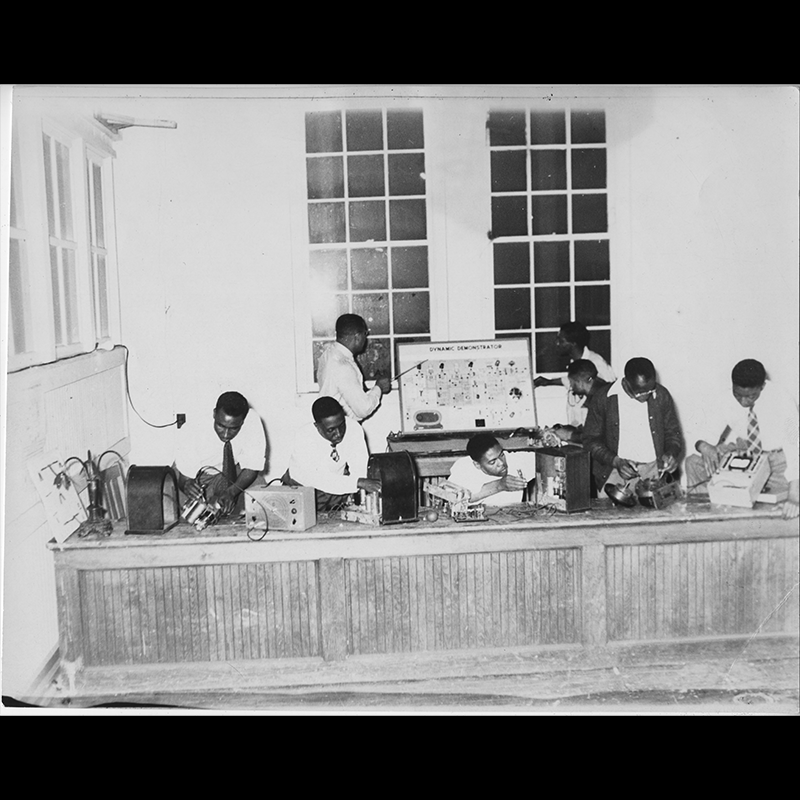
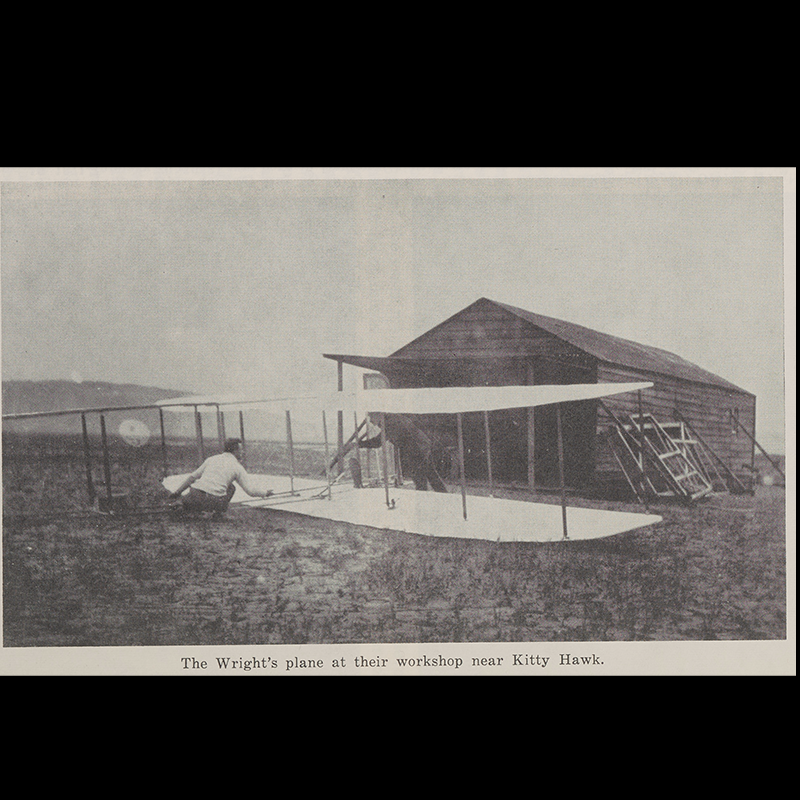
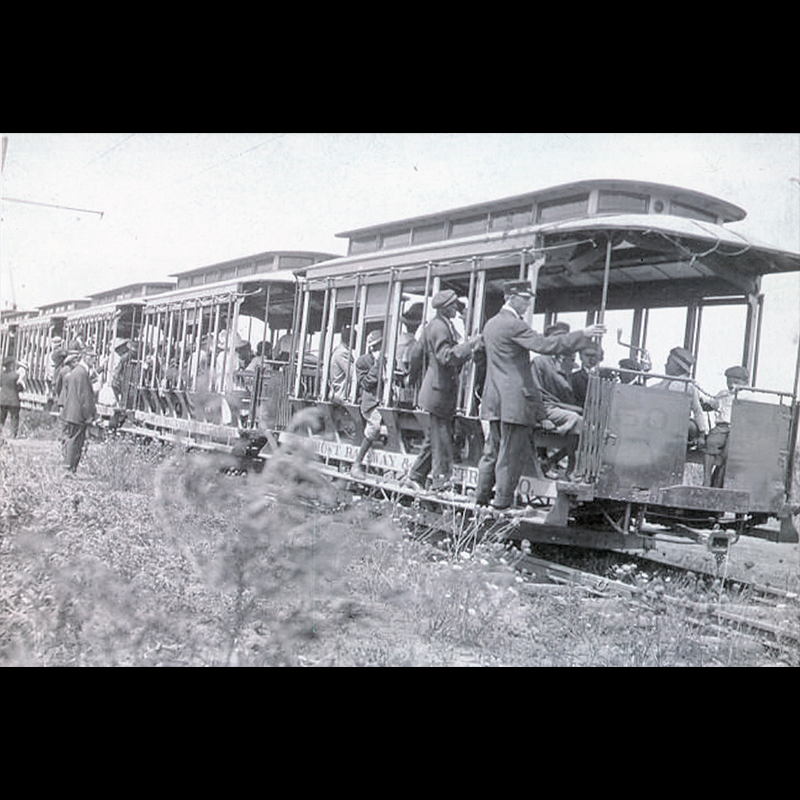

![The cover of The Brightleaf [1953], featuring an illustration of an oil lamp and flame next to a rolled diploma scroll in the middle of the golden cover.](https://www.digitalnc.org/wp-content/uploads/2025/04/brightleaf195300gard_0001-748x1024.jpg)
![The cover of the Bright Leaf [1957] that features long fields and gentle hills embossed onto the bottom half of the cover. A white illustration of a large cat with its mouth outstretched is located in the middle right area of the cover, and is diagonal to a large white embossed "57" that takes up much of the top half of the cover. The title "Bright Leaf" is printed in white towards the bottom.](https://www.digitalnc.org/wp-content/uploads/2025/04/brightleaf195709gard_0001-766x1024.jpg)
![The cover of Bright Leaf [1958]. The red cover features embossed stripe detailing, an illustration of the bust of two graduates embossed in white, and the title "Bright Leaf '58" printed in white.](https://www.digitalnc.org/wp-content/uploads/2025/04/brightleaf195810gard_0001-752x1024.jpg)
![The cover of Bright Leaf [1959]. The light gold cover features the title "Bright Leaf" written in a navy color across the lower half of the cover. Along with the title, the words "nineteen hundred fifty nine" are written up the left side of the cover in navy. In the upper half of the cover, the busts of two graduates are illustrated in navy.](https://www.digitalnc.org/wp-content/uploads/2025/04/brightleaf195911gard_0001-740x1024.jpg)
